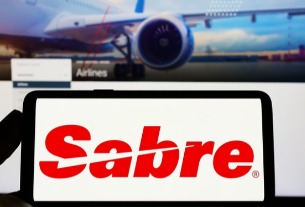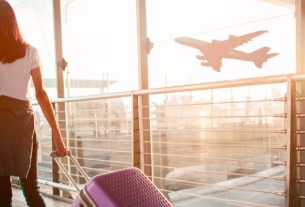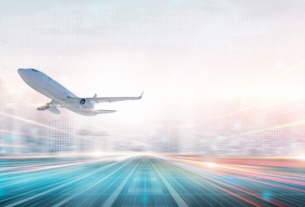In 2014, Android Wear sold 720,000 devices. And while Apple hasn’t publicly shared the sales of the Apple Watch, Slice Intelligence estimates the company sold about 2.8 million devices as of mid-June. However, other analysts’ guesses range from 15 to 30 million Apple Watches to be sold in 2015.
A global Euromonitor survey found:
India, China, and Brazil have the highest consumer interest to purchase
multi-device owners are more likely to buy wearables
in the next two to three years the majority of consumers are more likely to buy wearables than videogames or smartglasses.
Travel applications
Those who travel with smartwatches are using them primarily for personalization, notifications, services and bookings.
These devices are being used for
· Check-in
· Boarding pass access
· Flight notifications
· Maps and directions
· Room service orders
· To unlock hotel rooms
just to name a few.
Mark McSpadden, director of Sabre Labs, says:
“I really enjoy the Apple Watch. It’s a piece of technology that makes me use technology less…Wearables can provide better interactions between travelers and suppliers or agents, as long as the interaction is contextual. Contextual messages are key so you only have access to what you need, when you need it.”
In travel, being able to quickly glance at your wrist and see that your gate has changed or your flight is delayed is extremely valuable. On the other hand (pun-intended), travelers could glance at their wrist for the reassurance that nothing has changed with their flight.
Sabre’s travel management app, TripCase managed more than 30 million trips in 2014. An analysis of those trips shows that 70% of trips with air segments experienced a flight change within 72 hours of departure. Of these, 69% were schedule changes or delays, 29% were gate changes and 2% were flight cancellations.
John Samuel, senior vice president of TripCase, says:
“This analysis underscores the importance of the real-time updates and shows how wearable technology will take the concept of real-time traveler interactions to another level.The integration of travel services with wearable technology will drive more relevant and frequent touchpoints with the traveler.”




